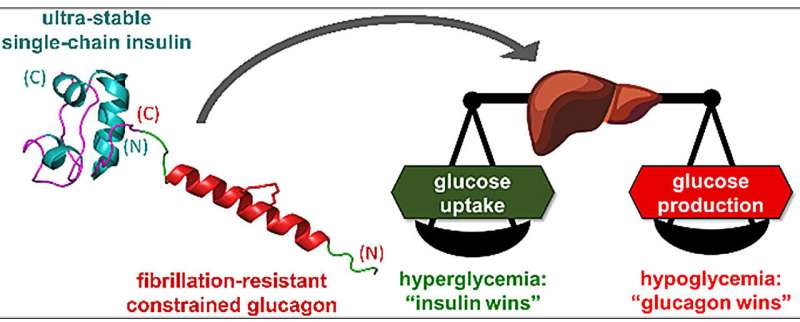The findings, published in ACS Pharmacology and Translational Science, showed improvement in rats treated with the substance, which combines insulin and glucagon into one molecule.
Insulin is a hormone that lowers blood sugar levels, while another hormone, glucagon, does the opposite. People with type 1 diabetes struggle to create enough insulin because their immune systems attack the cells in the pancreas that produce insulin, requiring them to inject a synthetic version of the hormone to manage blood sugar levels.
Patients must constantly balance blood sugar levels in this way, as too much glucose (hyperglycemia) or too little (hypoglycemia) can each lead to significant health risks including death.

